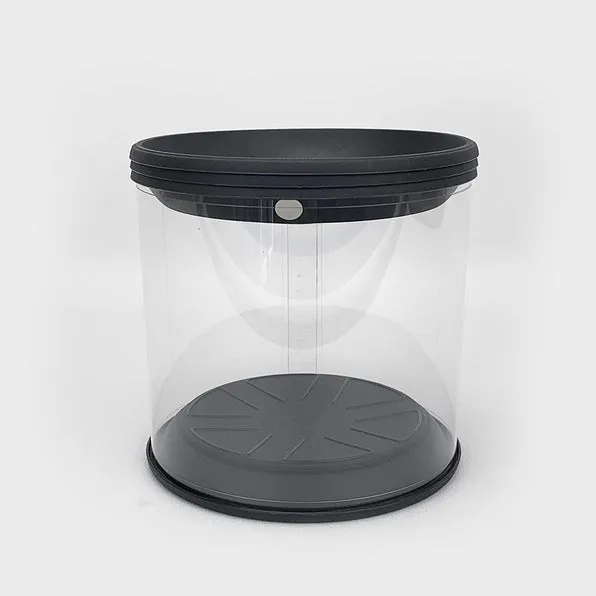Tarantula Cage Enclosures What to Consider
Choosing the right tarantula cage enclosure is crucial for the health and well-being of your pet spider. The enclosure serves as the tarantula’s home, providing shelter, regulating temperature and humidity, and allowing for natural behaviors like burrowing and webbing. This guide provides a comprehensive overview of all aspects to consider when selecting the ideal enclosure for your tarantula. From size and substrate to ventilation and decoration, we’ll cover everything you need to know to create a thriving environment for your eight-legged friend. Understanding these factors ensures that your tarantula lives a long, healthy, and stress-free life. The right enclosure will not only meet the spider’s physical needs but also provide opportunities for enrichment, enhancing its quality of life. Consider the species of your tarantula, as requirements vary significantly between terrestrial, arboreal, and fossorial species.
Size Matters Choosing the Right Enclosure
The size of your tarantula cage enclosure is one of the most critical factors to consider. A proper-sized enclosure allows the tarantula to move around comfortably, hunt, and display natural behaviors. Too small, and the tarantula may feel stressed and confined; too large, and it might struggle to find food or feel secure. A general rule of thumb is that the enclosure should be at least twice the tarantula’s leg span in width and length. For terrestrial species, consider the ground area; for arboreal species, height is more important. When selecting the size, consider the adult size of your tarantula species. It’s better to start with an appropriately sized enclosure from the beginning, as frequent moves can be stressful for the spider. Ensure the enclosure also has enough height to accommodate substrate, decorations, and any climbing structures the species requires. Always monitor your tarantula’s behavior and adjust the environment as needed.
Substrate and Ventilation Importance
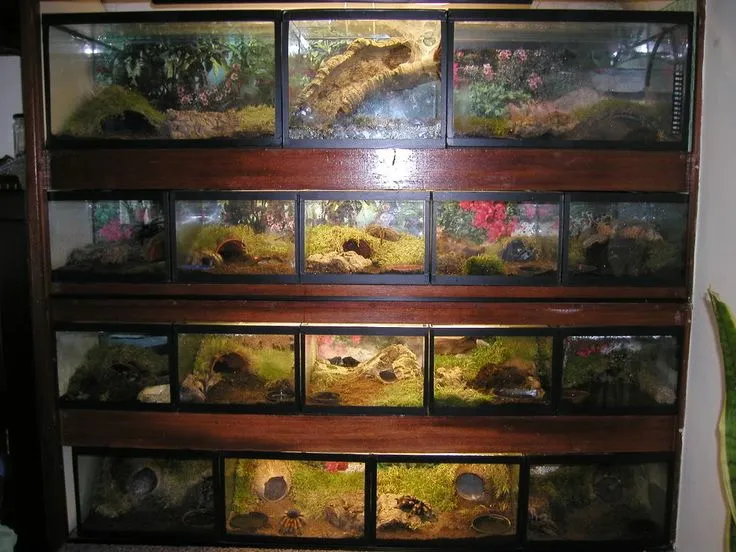
Substrate and ventilation are essential components of a healthy tarantula habitat. The substrate provides a medium for the tarantula to burrow (for terrestrial and fossorial species), hold humidity, and provide a natural feel to the enclosure. Proper ventilation ensures fresh air circulation, preventing the buildup of harmful gases and reducing the risk of mold and mildew growth. The right balance of these two elements is crucial for maintaining the proper environmental conditions for your tarantula. The substrate should be deep enough to allow for natural behaviors, and the ventilation should allow for proper air exchange without drying out the enclosure excessively. Selecting the correct substrate depends on the species’ natural habitat and preferences. A good substrate helps maintain humidity levels required for the tarantula to molt successfully and stay hydrated. Ventilation prevents the buildup of stagnant air and helps regulate temperature, keeping the enclosure healthy and clean.
Substrate Types for Tarantula Cage Enclosures
Choosing the right substrate is key to mimicking a tarantula’s natural environment and meeting its specific needs. Several substrate options are available, each with its own benefits and drawbacks. Coconut fiber (coco coir) is a popular choice due to its excellent moisture-retaining properties, making it ideal for humid species. Peat moss also holds moisture well and provides a slightly acidic environment that some tarantulas prefer. A mixture of coco coir and peat moss can be used to create a balanced substrate. Vermiculite, although good at retaining moisture, isn’t recommended on its own because it can become compacted. Sphagnum moss is useful for maintaining localized humidity, particularly for burrowing species. Avoid substrates like sand or gravel, as they don’t hold humidity well and can be difficult for tarantulas to burrow in. The substrate should be deep enough to allow the tarantula to burrow if it is a species that likes to do so. Regular monitoring of the substrate’s condition ensures that it remains clean and properly hydrated.
Ventilation Requirements for Healthy Tarantulas
Proper ventilation is non-negotiable for a healthy tarantula. Ventilation prevents the build-up of stale air, which can lead to respiratory problems and the growth of mold and mildew, potentially harming your tarantula. The amount of ventilation needed varies based on the enclosure type and the tarantula’s species. Enclosures should have adequate ventilation holes or screened tops, allowing for air circulation. The placement of these vents is also important: cross-ventilation, where air flows in one side and out the other, is generally best. Arboreal species enclosures often require top ventilation, while terrestrial species may need ventilation on the sides and top. Avoid enclosures with minimal ventilation, as they create a humid and stagnant environment. Regularly inspect the ventilation openings to ensure they aren’t blocked by substrate or other debris. Ventilation also helps to manage humidity levels, which is essential for the tarantula’s health. The enclosure’s ventilation must be balanced, as excessive ventilation can dry out the enclosure too quickly, requiring more frequent misting.
Temperature and Humidity Control
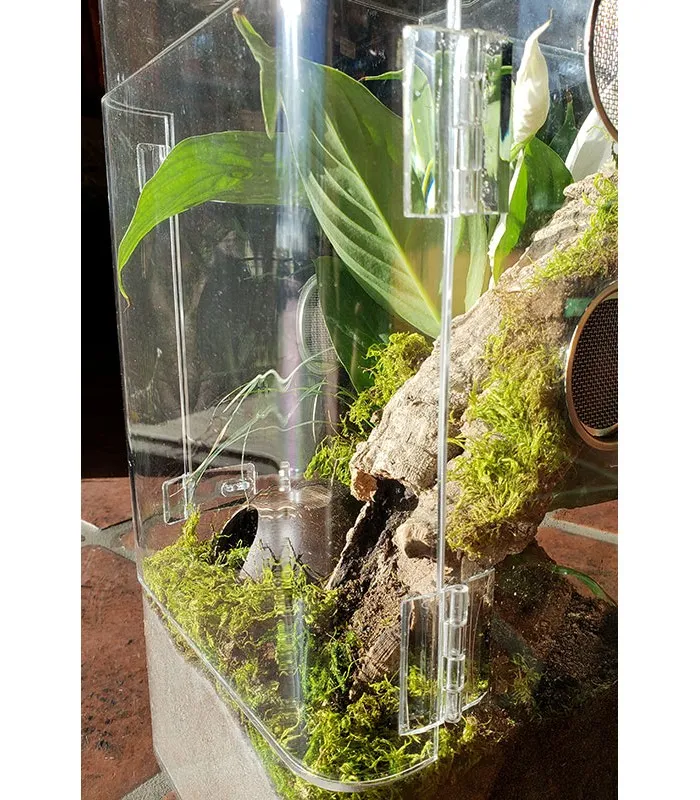
Maintaining the correct temperature and humidity levels is vital for your tarantula’s health and well-being. Tarantulas are ectothermic, meaning they rely on external sources to regulate their body temperature. Providing the right temperature range ensures that the tarantula can properly digest food, molt, and thrive. Humidity levels are also crucial; they help tarantulas stay hydrated and facilitate the molting process. The specific requirements vary by species, so research the needs of your tarantula to ensure the enclosure meets these requirements. Temperature and humidity should be monitored regularly using a thermometer and hygrometer. Incorrect temperature and humidity can lead to health problems, such as dehydration, difficulty molting, and even death. Creating the appropriate microclimate will encourage your tarantula to exhibit natural behaviors and enjoy a long life. Ensure the enclosure has a proper balance of heat and moisture for optimal conditions.
Heating Options for Tarantula Cage Enclosures
Heating is essential to maintaining the right temperature range for your tarantula, particularly in cooler environments. Several heating options are available, but it’s essential to choose the safest and most effective method. Heat mats (UTH, or Under Tank Heaters) are a popular choice and are placed on the side of the enclosure (never underneath, as this can cause excessive heat and harm the tarantula). Heat lamps can also be used, but they can dry out the enclosure quickly and should be used with caution, ensuring the tarantula can’t get too close. Ceramic heat emitters (CHE) are another option, providing heat without light; this is suitable for nocturnal species. When using any heat source, always monitor the temperature with a reliable thermometer. Avoid using incandescent light bulbs, which can produce excessive heat and aren’t ideal for tarantulas. Regardless of the method, it is crucial to maintain a consistent temperature gradient within the enclosure, allowing the tarantula to choose the spot that suits them. Always ensure that heating equipment is placed safely to avoid burning the tarantula or creating hazards.
Humidity Management in Tarantula Habitats
Humidity control is essential for your tarantula’s health, particularly during the molting process. The correct humidity level helps the tarantula stay hydrated, allows for successful molting, and ensures that the exoskeleton develops correctly. The humidity requirements vary depending on the species. For humid species, misting the enclosure with dechlorinated water regularly, usually every day or every other day, can maintain the appropriate levels. For drier species, misting may be less frequent or unnecessary. The substrate’s type also plays a role in humidity control, with substrates like coco coir retaining moisture better than others. A hygrometer is indispensable for measuring humidity levels accurately. Avoid excessive humidity, which can lead to mold and mildew growth. Good ventilation is crucial to prevent this from happening. Proper humidity, along with appropriate temperatures, will create the correct microclimate for your tarantula. Check the water dish to make sure it’s always clean and full, as this is also a source of moisture for the spider.
Tarantula Cage Enclosures Decor and Enrichment
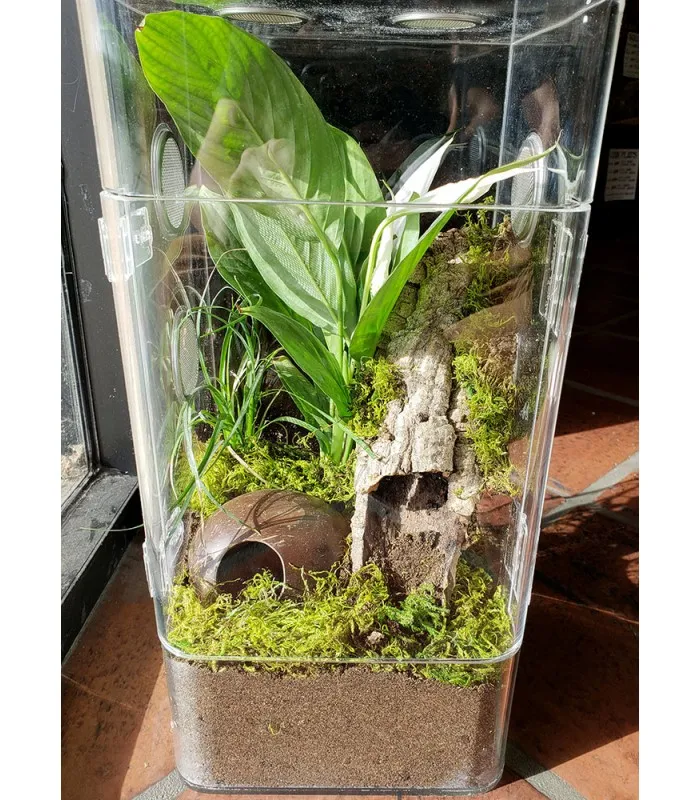
Providing a stimulating environment is important for your tarantula’s well-being. While tarantulas may not require elaborate decorations, adding appropriate elements can help them feel more secure and encourage natural behaviors. Decorations can provide hiding places, promote exercise, and make the enclosure more aesthetically pleasing. When choosing decorations, safety and practicality should be the primary considerations. Ensure that all decorations are non-toxic and don’t have any sharp edges that could harm your tarantula. Avoid materials that can trap the spider or are difficult to clean. Creating an enriching environment provides your tarantula with opportunities to explore and exhibit its natural instincts, supporting a healthier, less stressed spider.
Hiding Places and Climbing Structures
Tarantulas are naturally shy and benefit greatly from having hiding places within their enclosures. These shelters provide security and allow them to retreat when they feel threatened or want to molt. Suitable hiding places include cork bark, half logs, or artificial hides specifically designed for reptiles and arachnids. The size of the hide should be appropriate for the tarantula’s size, allowing them to fit snugly inside. Arboreal species will also benefit from climbing structures, such as branches or pieces of cork bark, to climb and explore their habitat. Always ensure that climbing structures are secure and don’t pose a falling hazard. The presence of these elements supports the tarantula’s wellbeing and encourages a more active lifestyle. It is essential to provide a variety of options to enrich the tarantula’s living space, and reduce stress.
Decorating for Tarantula Wellbeing
When decorating your tarantula’s enclosure, prioritize their well-being over aesthetics. Choose decorations that provide functional benefits, such as hiding places and climbing structures. Avoid cluttering the enclosure with unnecessary items, as this can reduce the usable space and make it difficult for the tarantula to move around. Naturalistic elements, such as live or artificial plants, can add visual interest and potentially help maintain humidity. Ensure that any plants are non-toxic and won’t harm your tarantula. Use a variety of elements, such as different textures and heights, to provide a more stimulating environment. Always place the decorations strategically to optimize the tarantula’s space, facilitate movement, and enhance its comfort. Regularly inspect the decorations for cleanliness and safety and make adjustments as your tarantula grows and its needs change. Prioritizing these considerations guarantees that your tarantula lives in a stimulating and safe environment.
Tarantula Cage Enclosures Maintenance and Cleaning
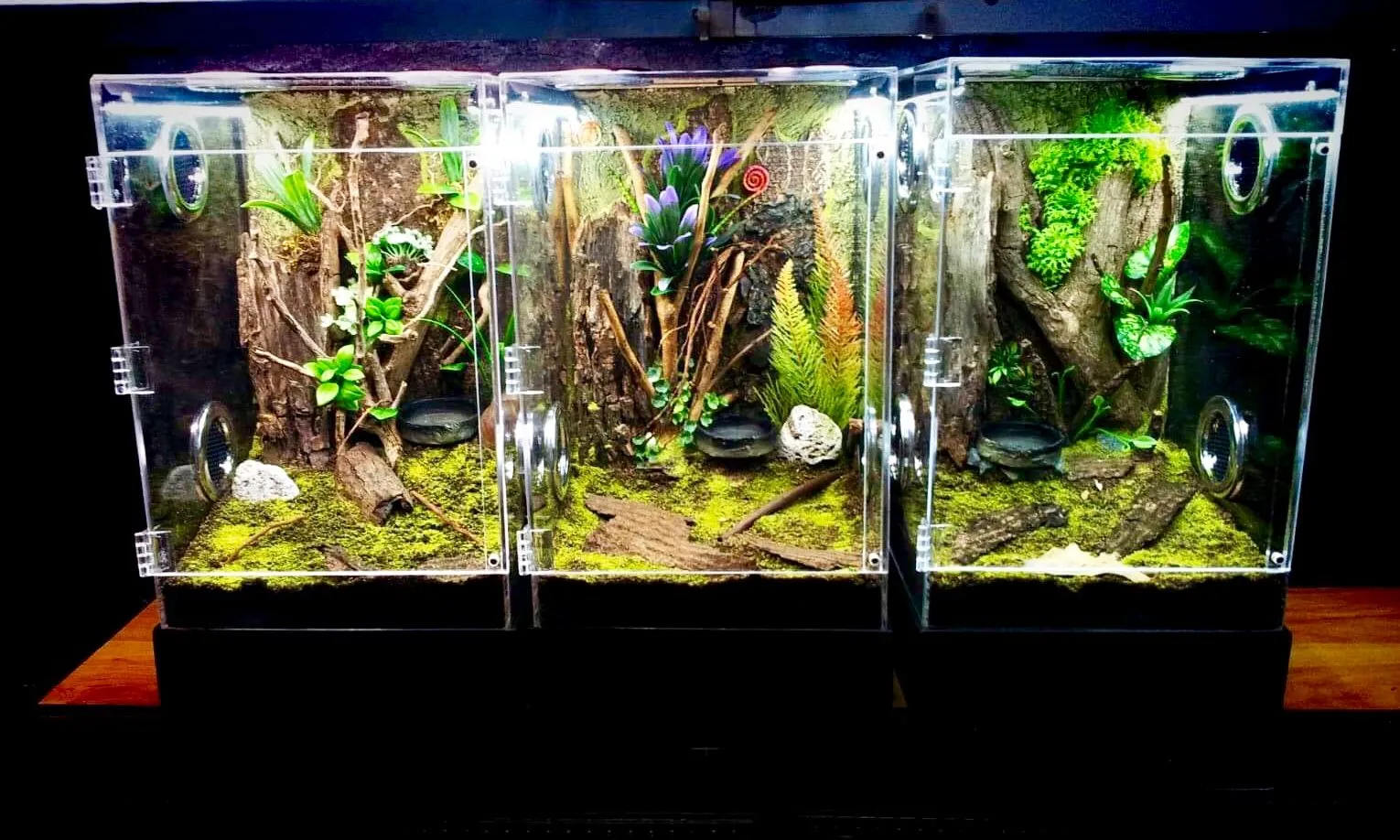
Regular maintenance and cleaning are essential for keeping your tarantula’s enclosure clean, healthy, and free from harmful bacteria and parasites. A clean enclosure helps prevent diseases, maintains the correct environmental conditions, and ensures your tarantula remains comfortable and stress-free. Establishing a consistent cleaning schedule is crucial to maintaining a healthy environment. The frequency of cleaning will depend on factors such as the size of the enclosure, the number of tarantulas housed, and the specific species’ waste production. By maintaining a clean enclosure, you contribute significantly to your tarantula’s long-term health. Regularly cleaning the enclosure will provide a comfortable, safe, and enriching living space for your pet. Implementing good cleaning and maintenance practices will significantly increase the longevity and well-being of your pet tarantula.
Regular Cleaning Procedures
Cleaning your tarantula’s enclosure involves several steps. Spot-clean the enclosure regularly, typically removing any uneaten food, shed skin, and visible waste. A general guideline is to spot-clean at least once or twice a week. The frequency of these spot cleanings depends on the size of the enclosure and the specific species’ waste production. A more thorough cleaning of the entire enclosure should be done periodically. This involves removing the tarantula to a temporary, safe container, removing and replacing the substrate, cleaning the enclosure walls and decorations with a reptile-safe disinfectant, and then allowing everything to dry completely before reassembling the habitat. Be careful when handling the tarantula. When handling any decorations or the enclosure itself, wear gloves and wash hands thoroughly before and after handling. The frequency of a full clean will vary, but the general range is between every 1-3 months, but this can vary with the species and the enclosure’s size.
Watering and Feeding in Enclosures
Proper watering and feeding are crucial aspects of tarantula care, and the enclosure plays a significant role in these. Provide a shallow water dish with clean, fresh water at all times. The dish should be small enough that the tarantula cannot fall in and become stuck but large enough to be a reliable source of water. Some tarantula keepers use cotton balls or sponges in the water dish to reduce the risk of drowning. Feed your tarantula an appropriate diet, typically consisting of insects like crickets, roaches, or mealworms. The size and frequency of feedings depend on the tarantula’s size and age. Ensure that any uneaten food is removed from the enclosure within 24 hours to prevent the buildup of bacteria and the potential for mites. Regularly monitor your tarantula’s feeding habits and adjust the feeding schedule as needed. Always use tongs to offer food, and do not handle your tarantula immediately after feeding. Maintaining proper watering and feeding practices, and keeping the enclosure clean, is key to a healthy tarantula.
Common Mistakes and How to Avoid Them
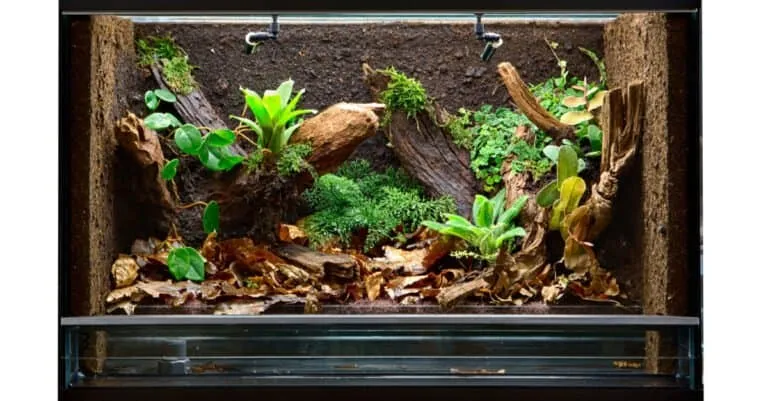
Several common mistakes can negatively affect the health and well-being of a tarantula. Overcrowding the enclosure is one, and can lead to stress and increased aggression. Providing an enclosure that is too small is another; this can limit the spider’s activity and hinder natural behaviors. Incorrect temperature and humidity control can also lead to health issues. Always research the specific needs of your tarantula species to prevent these mistakes. Failing to remove uneaten food can attract mites and bacteria. Make sure to clean the enclosure regularly and spot-clean frequently. Choose the right substrate type. Not providing enough hiding places and enrichment. By being aware of these common pitfalls, you can avoid them and create a thriving environment for your tarantula. Consistently monitoring and making adjustments to your tarantula cage enclosures will help them live a long and healthy life, free from stress.
